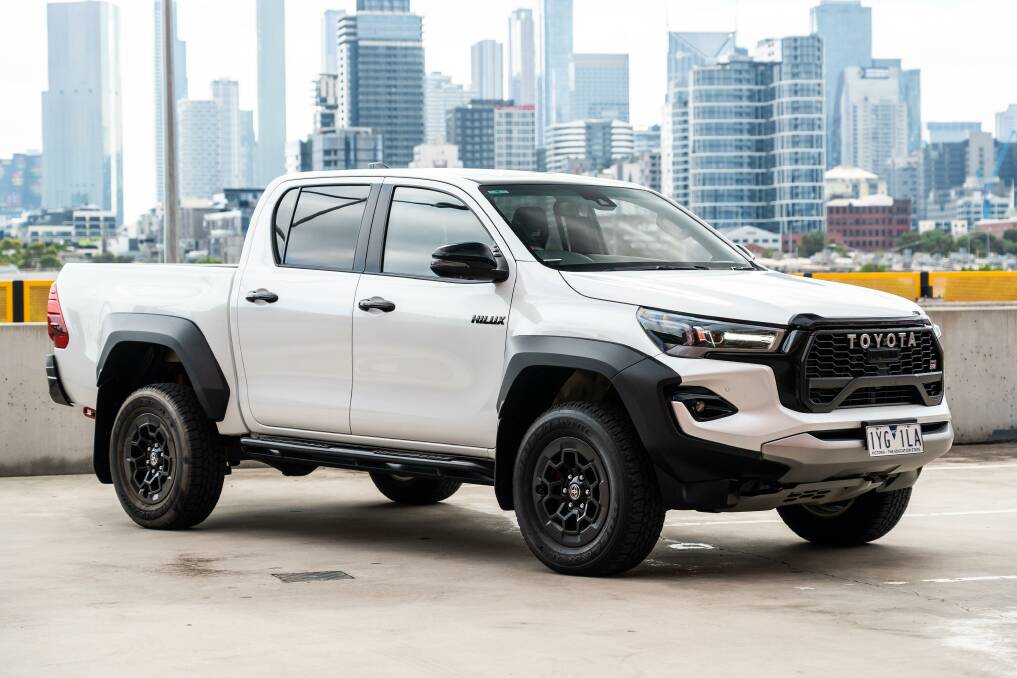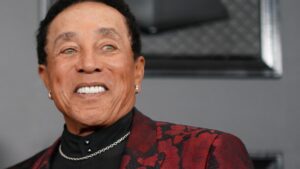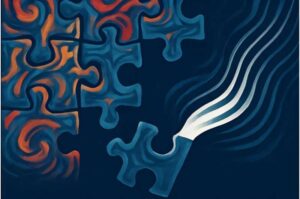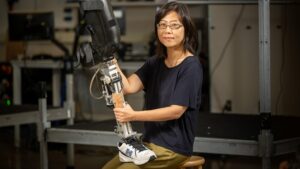
According to figures released by the Federal Chamber of Automotive Industries (FCAI), Australian consumers purchased 106,891 new vehicles in September 2025. This figure represents a 6.3 percent increase compared to August and a 10.1 percent rise from September 2024. The spike in sales marks the largest monthly increase this year and signals a positive shift in the market, which is now ahead of last year’s performance for the first time in 2025.
The sales boost was bolstered by a record market share for electric vehicles (EVs). The Tesla Model Y achieved third place overall, trailing only the Toyota HiLux and Ford Ranger. The HiLux reclaimed the top position from the Ranger, which had led sales in August. Nevertheless, in year-to-date (YTD) figures, the Ranger remains in front with 42,050 sales, outpacing the HiLux by 1,237 units.
The Model Y’s impressive performance saw it record 3,927 sales in September, more than double its total from the same month last year. This surge helped EVs capture a record 11.3 percent of all new vehicle sales in September, contributing to an overall 8.1 percent share YTD, which also marks a new high for the category.
Toyota maintained its status as the most popular brand in Australia, with 18,318 vehicles sold in September, which is more than double that of Ford, the second-placed brand. Despite a 1.1 percent improvement in monthly sales compared to September 2024, Toyota Australia anticipates falling short of last year’s record total of 240,916 vehicles, projecting sales around 220,000 for the year.
Ford closely matched its September 2024 sales with 8,003 units sold, just three fewer than last year. However, the brand’s YTD sales of 70,881 reflect a decline compared to 74,564 units at the same point last year. Similarly, Kia experienced a slight dip, selling 7,330 vehicles in September, which is 320 fewer than in September 2024, although it remains up YTD with 62,884 deliveries.
Chinese brands continue to show significant growth in the market. Chery reported a remarkable 172.2 percent year-on-year increase, while BYD achieved an even higher growth rate of 178.4 percent, solidifying its position in the top six brands. The BYD Sealion 7, a mid-size electric SUV, led sales for the brand with 1,887 units sold, significantly outpacing its nearest competitor, the Shark 6 PHEV dual-cab ute.
Plug-in hybrid vehicle (PHEV) sales also saw a substantial increase of 81.1 percent compared to the previous year, while sales of hybrid electric vehicles (HEVs) rose by 9.1 percent. The Toyota RAV4, despite its popularity, narrowly fell behind the Ford Everest for fourth place by just four units, selling 2,554 vehicles in September.
While EV sales are down 15.2 percent YTD, petrol vehicle sales have decreased by 7.9 percent and diesel vehicle sales by 1.3 percent. In contrast, HEV sales are up 10.6 percent, with PHEV sales skyrocketing by 143.7 percent.
The ongoing competition between the HiLux and Ranger continues as the HiLux took the lead in September due to significantly higher 4×4 sales, with 875 units sold compared to the Ranger’s 235. While the HiLux emerged victorious for the month, it still trails the Ranger in YTD sales with less than four months remaining in the year.
The Mazda CX-5, once a top contender in the mid-size SUV category, is witnessing declining sales, down 4.1 percent to 1,725 in September. A new generation is expected to launch in 2026, which could reshape its position in the market.
The Chery Tiggo 4 Pro made significant strides, finishing sixth overall in September and marking its best performance to date. The model climbed from 11th place last month, overtaking the Hyundai Kona, which had previously held the title of the most popular small SUV.
The shift in the Australian automotive market reflects changing consumer preferences and increasing demand for electric and hybrid vehicles. As manufacturers adapt to these trends, the competition among traditional and emerging brands continues to intensify.







